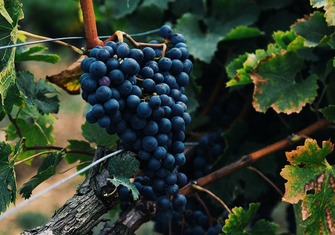
In October 2019, the WTO ruled in favour of Donald Trump’s imposition of new tariffs on EU wines being imported into the US. At the time this was met with dismay, some anger and confusion in the industry, as the US is an important market for European fine wines.
A Rabobank report has claimed that this action could push price increases in French and Spanish wines by up to 15 per cent. It is understood that about 60 per cent of French and Spanish wine exports to the US will be affected – this from a total of 18 per cent of annual French wine production is normally exported to the US and 12 per cent of Spanish. The report states that “… for many there is no way around increasing prices or absorbing the extra costs, meaning revenues and margins will be dented”. Certainly, France and Spain are the hardest hit by ‘Trump’s Wine Tariff’.
Right now it is too early to get a detailed picture of any effect that may be felt by UK consumers and investors, but Liv-ex data has revealed some short term observations.
Sparkling and Italian wines are exempt from the new additional 25 per cent import tax and interestingly the regional share of trade in these wine categories has increased recently. Since the beginning of October, Champagne’s share of trade on Liv-ex has increased to 11 per cent, as has Italy’s, from 2018 averages of 8.6 ad 8.1 per cent respectively. However, it should be noted that Champagne has achieved higher levels of trade on Liv-ex, during 2019, it peaked at 19.3 per cent in June 2019, having risen from a level of 4 per cent of trade in April this year. So, we should not jump to any conclusions yet but it would make sense for American merchants to buy EU wines not inflicted with this new tax.
Large formats are also exempt so US buyers may choose to acquire in bulk, which cannot be applied to fine wine, and larger bottles which tends to be a more specialist market, so either way larger volumes will not be a real solution.
It could be for those American merchants that can afford to buy and store their wine in bond in the UK and leave until any future redress, this may be a sensible strategy for acquiring key fine wines that are likely to increase in value over time. They will always find European buyers in time should sense not prevail!
Meanwhile, Bordeaux’s monthly trade share figure on Liv-ex has drifted in 2019 to 54 per cent in October, but prices remain stable. Burgundy’s level of trade peaked in May when Liv-ex reported its share on the exchange stood at 22.6 per cent, since then it has declined to 12 per cent of regional market share as at 31st October 2019. In terms of the size of impact 18 per cent of French exports
Finally, trade in US fine wine has grown in recent weeks and trade share has doubled from an average of 2 per cent of trade on Liv-ex in 2018 to 4.1 per cent in October 2019. This was primarily linked to transactions in Opus One, Screaming Eagle, Promontory and Stag’s Leap – perhaps some buying ahead of any counter movement by the EU on US wines.
For more information on current trends and top performing fine wines read our latest Fine Wine Market Report and call us on 0203 384 2262.

